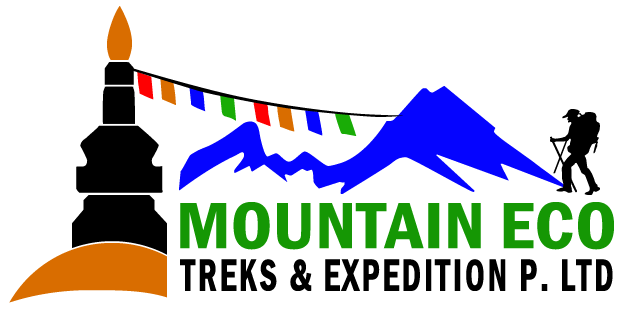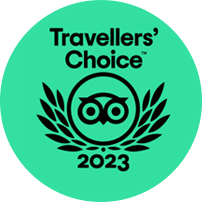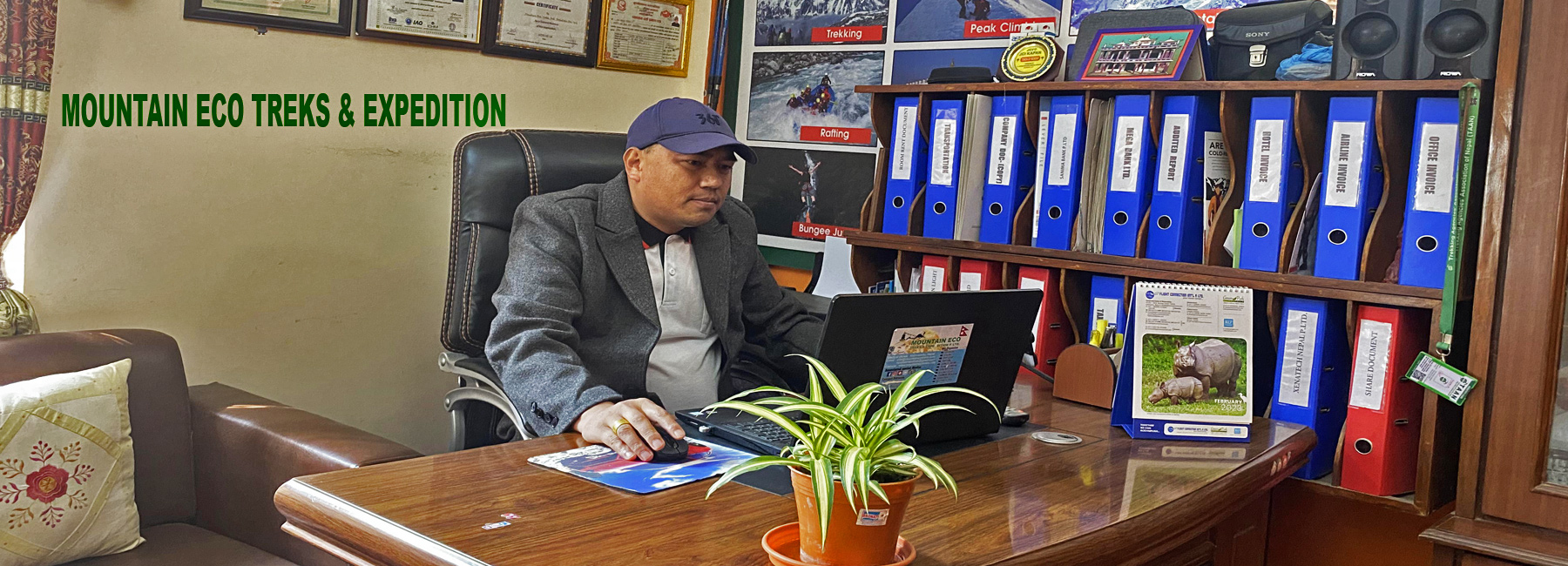FAQs
01: Where is Nepal located and how is the country?
Ans: Nepal has located in North-East Asia between India and Tibet / China, India towards the south bordered by flat land and the Terai belt of Nepal of semi-tropical climate. The northern border touches Tibet / China with the Himalayan Mountains as a great barrier. Nepal with the world's 8th highest mountains Mt. Everest, Kanchenjunga, Lhotse, Makalu, Cho-Oyu, Dhaulagiri, Manaslu, and Annapurna with hundreds of lesser peaks of 7,000 m to below 6,000 m peaks. Nepal world's richest country in terms of bio-diversity due to its unique geographical position and altitude variation, the elevation of the country ranges from 60 m above sea level to the highest point on earth, Mt. Everest at 8,848 m, all within a distance of 150 km resulting into climatic changes from Sub-tropical-alpine to the Arctic. Nepal is also the birthplace of Lord Buddha 'The Light of Asia' Brief Glance of Nepal.
Area: 147, 181 sq. km
Geography: Situated between China in the north and India in the South.
Capital: Kathmandu
Population: 26.5 Million.
Language: Nepali is the national language. However travel-trade people understand and speak English as well.
Political System: Republic with Multi-Party Democracy.
People: Nepal has more than 125 ethnic groups and 123 native spoken languages.
02: What is the best time to visit Nepal and its Himalayas?
Ans: Nepal has four normal seasons 1 Spring 2 Summer: June to August, 3 Autumn: September-November (4) winter: December-February. Nepal can be visited the whole year round, depending upon the types and regions of holiday destinations chosen. For normal tour cultural and heritage tours in all seasons, for moderate treks of a few days to a week in nearly all seasons, except the monsoon wet months of June / July / August, for longer treks involving high altitude and passes from March to May and September to mid-December months. March to May when wildflowers are in blooming season with day time pleasant while morning and night time can be cold, autumn and early winter months day time is clear with sunshine, but very cold morning and night time depending upon the altitude of trekking.
03: How fit can a person have to be for treks in Nepal Himalayas?
Ans: Depending upon the treks chosen, for moderate and adventurous grade treks one has to be physically fit with sound health, for higher altitude challenging treks long days walks with altitude to acclimatize walks, one must be fitted with a strong and positive attitude. We suggest that all trekkers joining for the adventure in the Himalayas should obtain medical / travel insurance for necessary accidents and unfortunate events and should cover transportation by all means of transportation including a Helicopter.
04: What kind of exercise and physical fitness do you recommend?
For normal moderate to adventurous grade trekking, a simple exercise of jogging-aerobic-Zumba and walking up and down the staircase, as Nepal is a country of many Ups and Downhill walks. The exercise should be practiced for a minimum of 2 weeks or a month on booking the trips with us and we need your medical reports from your doctor as well.
05: How are the foods and accommodations on treks?
Ans: Besides, big cities and towns in Nepal the hill and mountain areas offer good facilities of lodges in the early days known as Tea-House. Around Annapurna, Everest region excellent lodges and resorts to stay overnights with good meals provided with hearty breakfast, lunch, and dinner from Nepalese Dal-Bhat (boiled rice, lentil soups with mild veg curry and pickles), serves continental, Chinese, and Indian meals also. are nice and warm in most places, as the walk reaches a higher altitude above 4,000 m the accommodation can be limited sometimes in high season, where single rooms will be hard to get, all rooms are neat and clean with attached or common bathrooms with hot/cold showers. Large cozy dining rooms with soft music in a healthy environment and local warm hospitality rooming facing views of mountains and beautiful scenery of landscapes decorated with local traditional ways. In remote areas trekking off the beaten trails where there are no lodges, camping is provided with 2 men's tents, dining/kitchen tents with toilets and shower tents as well, supported by cooks, kitchen staff, trekking guides, and porters or pack animals (mules and yaks). All meals camping are cooked in kerosene and LPG (cooking gas) saving the environment by not using firewood.
06: How safe are food and drinking water on trekking?
Ans: No problem either in lodges or camping, meals are prepared hygienically with nutritious foods served, as for drinking water is well boiled and filtered and cooled to consume our guide also makes sure that is perfectly boiled, on treks we try to avoid plastic mineral waters due to waste and un eco-friendly, people can buy bottled water only is special and desperate situations.
07: How good is the connection to Nepal from the USA, Europe, Australia, and other Asia?
Ans: Nearly all International airlines fly to Kathmandu / Nepal like Thai –Singapore Airlines (Silk Airways, Dragon Air (Cathay Pacific Airlines) Malaysia Airlines, Air India with Quarter-Ethihad-Gulf-Air Arabia, and Turkish Airlines, including China Air, China South East Airlines. Most of the airlines coming from Asia and Australia / NZ countries have a direct connection to Kathmandu, whereas's coming from the USA and from Europe need transit on route to Kathmandu via Delhi-Gulf country- Bangkok-Singapore-Malaysia or Hong Kong.
08: If someone gets very sick on treks and climbs what will happen?
Ans: On treks, for severe emergencies, our guide will contact the head office for immediate medical evacuation by other means of transport with helicopter service for quick recovery. For quick and immediate evacuation one should obtain a medical insurance policy to cover all medical, travel, and Heli evacuation when required in such situations. For AMS (Acute Mountain Sickness) getting the victims downhill to a much safer elevation and putting the patient on Gamma / Pressure Bags, we do carry Oxygen for the normal emergency purpose for severe cases heading Down-Down and Down or immediate evacuation in Helicopter to Kathmandu.
09: How are the guide and staff to take care of treks?
Ans: All our Mountain Eco Treks staff guides are very attentive and active with decades of experience on trek/ climb with the tourism industry our guides are well versed in eco-trekking, and responsible tourism as well as fully trained in medical for smaller medical situations and AMS (Acute Mountain Sickness).Our staff and guides with knowledge of local culture, customs, and religions as well history of the areas with well versed in flora and fauna also, which they will share and provide information to keep you well updated on the areas of trekking.
10: How are the Networks for Cell / Mobile Phones and other accessories?
Ans: Since the last few decades where most of the rural villages do have proper communication either by cell- phone (mobile) or STD / ISTD, our guides will be in touch with the head office through their cell phone. Sometimes Cell-Phone and Sat Phone do work and don'ts as Nepal is a hilly and mountainous country with a deep gorge and valley, whereas cell phone works on high hills, and might not when in a deep gorge hidden by hills and mountains. The chances of a working cell phone are most positive you can try using a local popular SiM card. As for other accessories plugs to fit into re-charge your camera and cell phones, nearly all lodges on trekking do have small hydro or solar electricity, which allows you at extra cost to charge the batteries.


